A very special piece of Event #6 at Quicken Loans Arena occurred at the end of the evening.
Prior to savasana, our final resting pose, Kimberly Payne, yoga teacher at Inner Bliss Yoga Studio and member of Cleveland's Kirtan community, led a call and response chant that made the arena vibrate with love, intention and open hearts.
We recently sat down with Kimberly and asked her all about kirtan and her experiences with the practice. She also explained the significance behind the chant we sang together on the court.
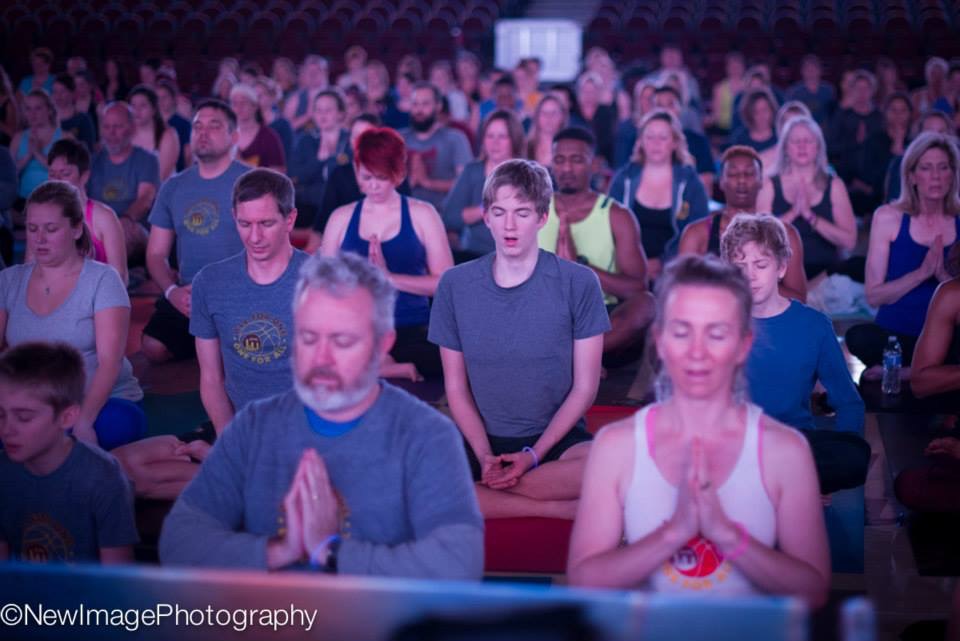
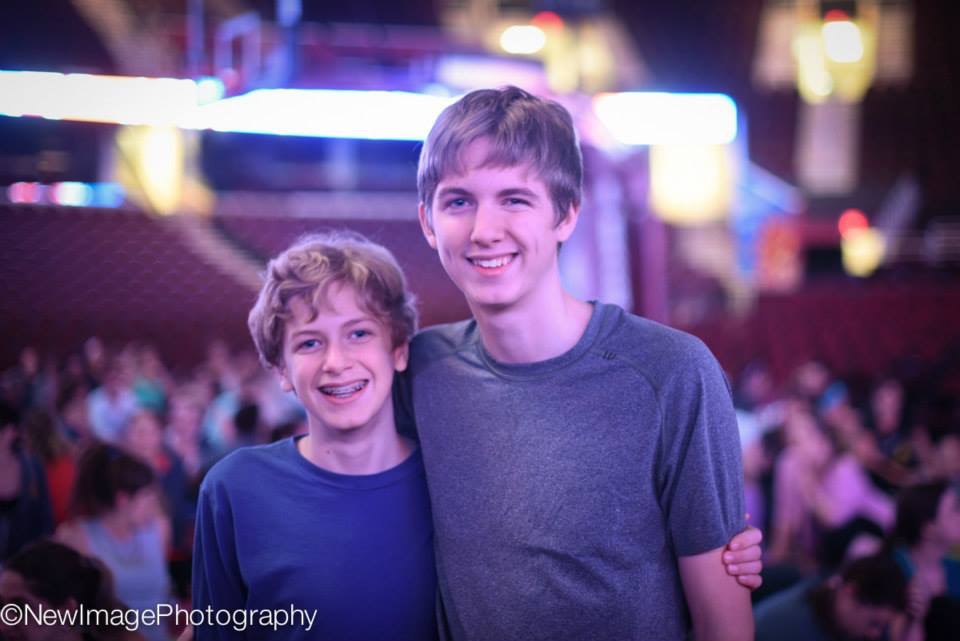
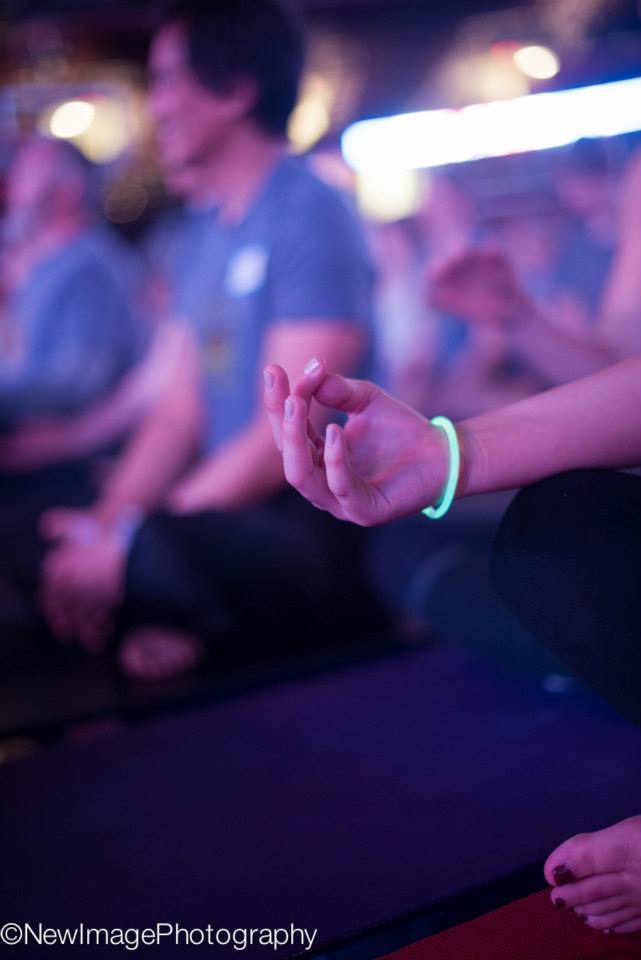
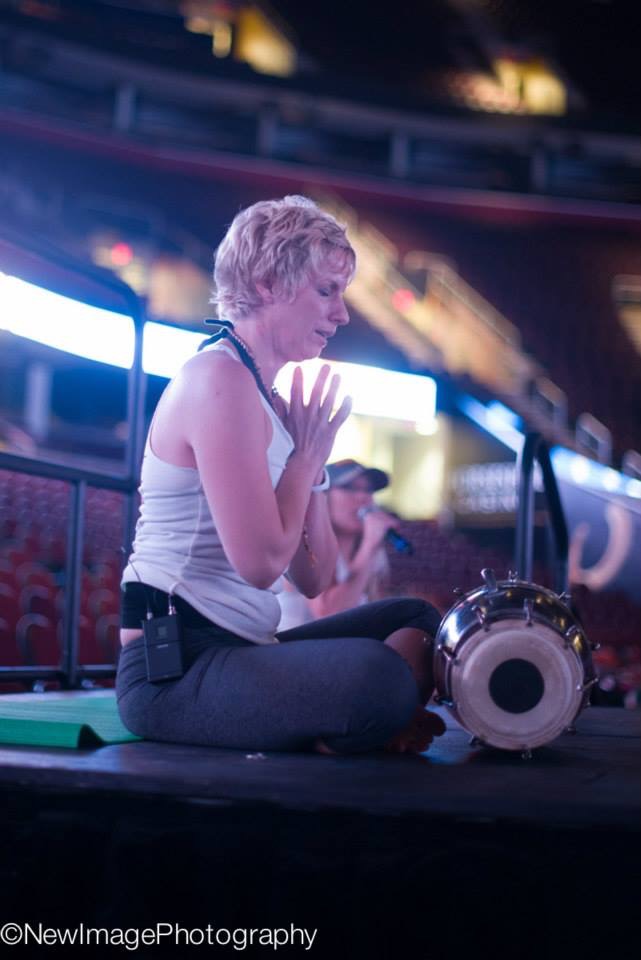
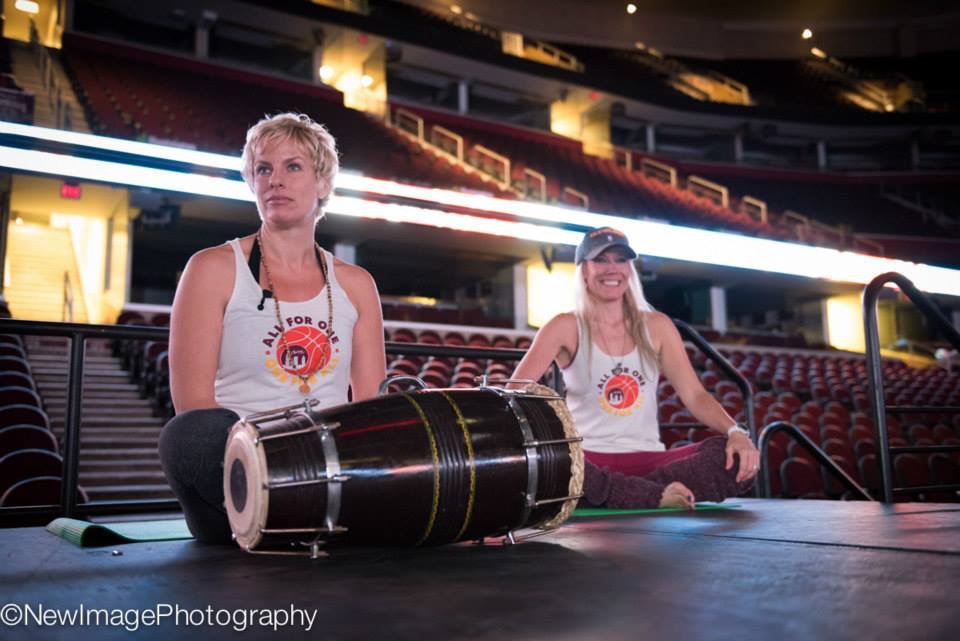
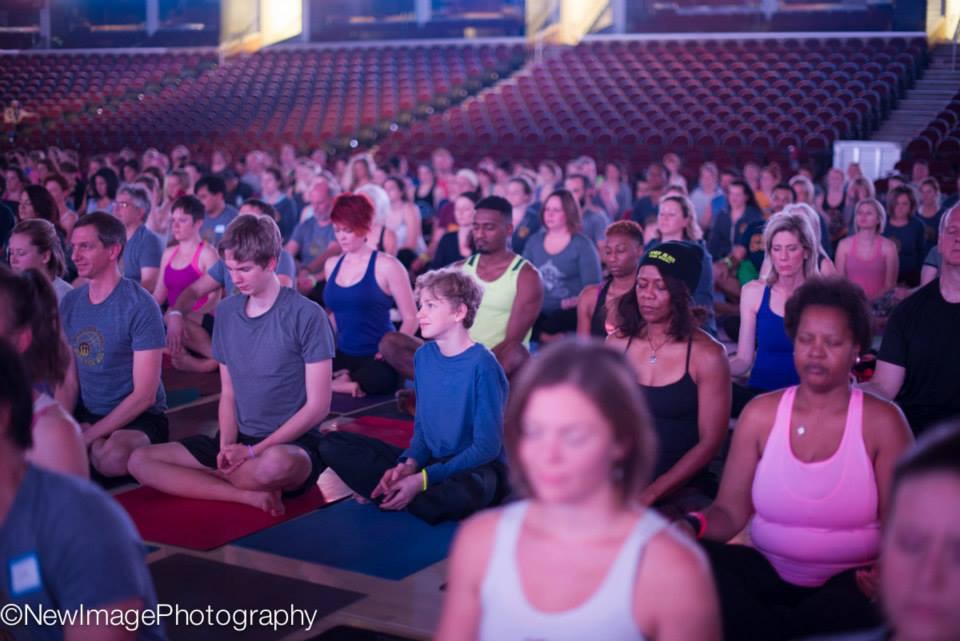
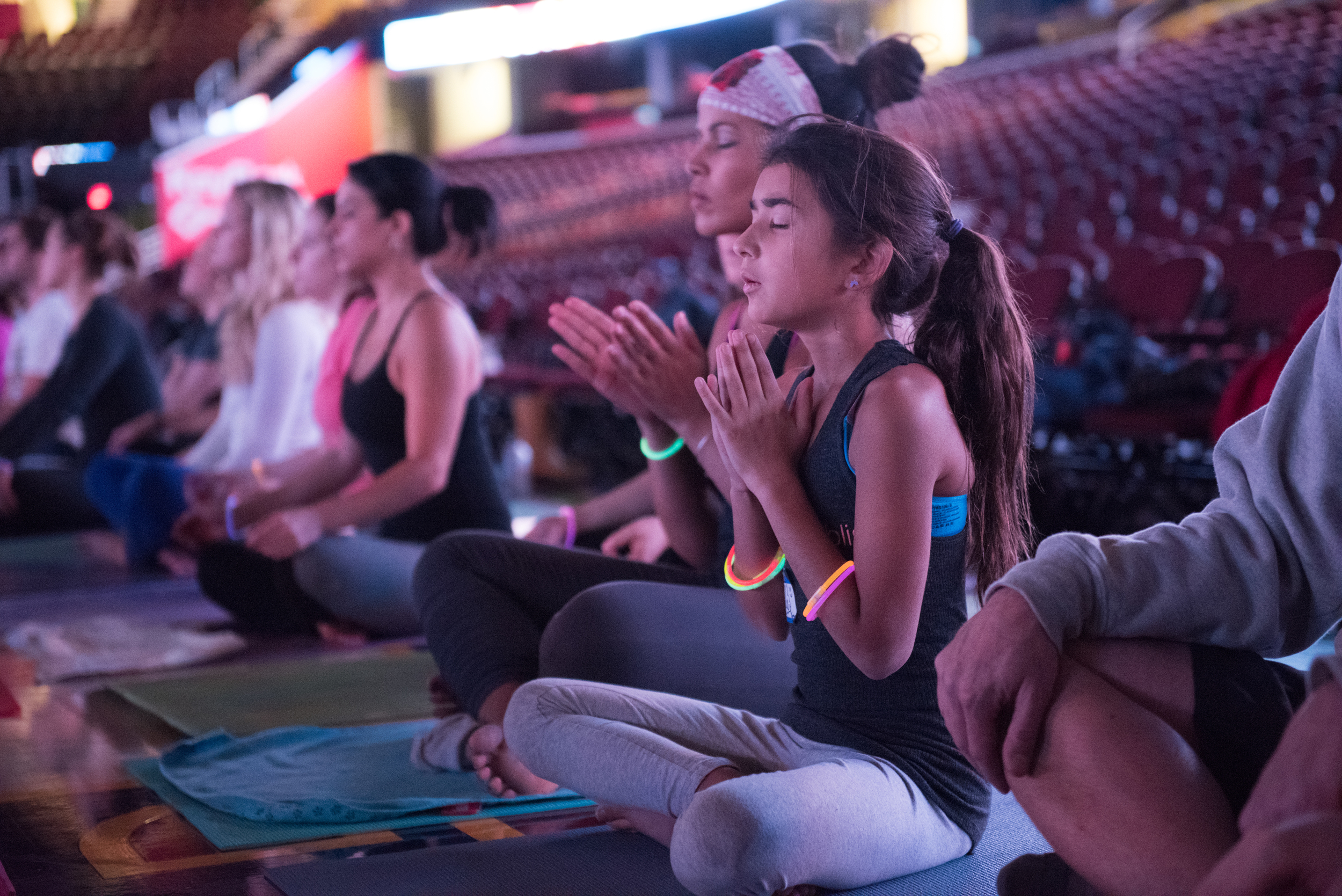
What's kirtan?
Kimberly: A beautiful local chanting friend would always say, "kirtan is yoga too." It comes from a branch of yoga called Bhakti, which means spiritual devotion. It is typically call and response between the leader/s and crowd, bringing everyone participating together. The chants are mainly sung in the ancient language of sanskrit. Each person has their own experience and just like yoga, no two experiences are the same. The rhythm of the chant can move from slow to fast, loud to quiet and this allows the mind to stay focused. There is a deep vibration to chanting and in that vibration we can find new found feelings, calm and peace.
Why do we do it?
Kimberly: People chant for many different reasons. Some choose a chant that has a potent message to them and they learn it and take it with them in their daily life. Others use it as a meditation. People can also use the interpretation of the chant to remove obstacles, fear and suffering. Each chant can be dedicated to someone, something or some greater purpose.
What does kirtan have to do with yoga?
Kimberly: Kirtan is meditative and induces vibration through the body. It clears the throat and deepens the use of the lungs. It helps you find yourself, just like the physical practice of yoga. It is a way inside of ourselves.
What is the kirtan community all about in Cleveland?
Kimberly: Cleveland has a very strong kirtan community. People meet in the east, west and south and in many of our own neighborhood studios. There is a newsletter that circulates notifying Northeastern Ohio of all of the kirtan events. If anyone wants to be included in the e-newsletter email Beth Gatchell at kirtancleveland@gmail.com. Cleveland gets very well known artists here like Jai Uttal, Krishna Das and Robin Renee and Girish.
What do you like most about it?
Kimberly: I chant because it helps me open my heart and it helps me to stay present. It awakens a certain energy and vibration that helps me to clear whatever is going on inside. I also chant because I love the ancient language of sanskrit and the mythical tales and meanings behind each chant. Similar to yoga - you don't know what is going to come up and what is going to be released.
How long have you been doing it?
Kimberly: I was introduced to chanting in my yoga teacher training with Bhumi in 2003. We chanted a lot and I was very uncomfortable with it. I began to love the chants I would hear in class though by Krishna Das and Deva Premal. In time, I was asked to go to local kirtan events and I began to love them, the people, the dancing and the energy. Eventually we decided to start chanting once a month at Inner Bliss. I was just supposed to open the door for my dear friends Frank, Beth and Rebecca. But, not long after I was given the drum and asked to lead a chant. I got nervous every time, but just kept at it. To be asked to lead a chant at the Q in front of 600 yogis is nothing I expected to happen in my life.
What was the chant we did at the event?
Kimberly: The chant we did was called Hari Om. It means to release fear and suffering. Suffering can be anything we see in society, the world, within our friends, family and ourselves. Suffering can even be seen as a busy mind. Each chant has a different rhythm and the same chant can be sung many different ways.
What's that drum? What is a harmonium?
Kimberly: The drum I used is my friend Frank's tabla. A tabla is an Indian drum that can date back to the 18th century. It is typically a pair of small drums. There are many different sound complexities that come from different hand positions. There is a lot of technique to it and once you hear someone play it who knows the hand positions it is amazing! The harmonium is a small portable organ that has a keyboard. Often times chants are led by using a harmonium. Its rich, beautiful sound provides perfect support for the voice.

